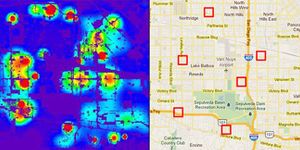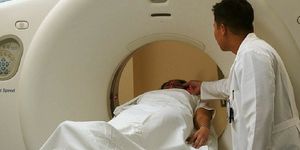Is Your Brain Completely Unconscious During Anesthesia?
For surgical procedures, anesthesia is a necessary part of patient care. Anesthesia is thought to render a patient unconscious, but according to new research at the University of Turku in Finland, there is some brain activity during light anesthesia. When patients are awake and hear sentences or words, there is an identifiable brain wave pattern that shows up on EEG readings. The researchers in Finland used healthy volunteers who were given measured doses of anesthesia to a point right before unresponsiveness. Patients were able to be roused with slight shaking or a loud voice. The researchers read sentences to the patients that ended with an incongruent word to the rest of the sentence. The EEG showed the brain activity that happens when awake, but under anesthesia, the brain could not determine the difference between a phrase that was coherent and one that ended with a surprise word.
The study also looked at sound recognition, which was also different under the anesthesia. Primarily, the brain notices words and sounds that are different, but the patient is disconnected from reacting to the environment and cannot recall the events. The authors hope the study data can improve anesthesia practice and help doctors find just the right dose to work for the procedure but not so much that the patient is unsafe.








